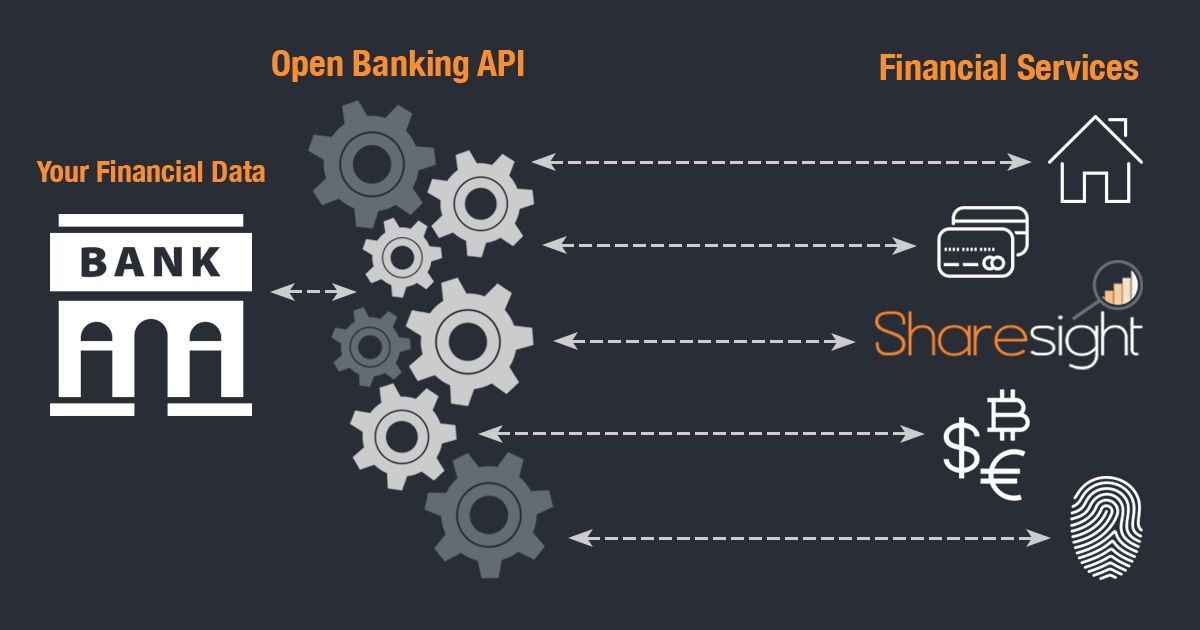The AI industry is experiencing a significant shift as major players in the industry are actively engaging with policymakers and seeking government oversight. This unexpected approach comes as AI executives have learned from the backlash surrounding previous technology advancements, such as social media and ride-sharing. Rather than ignoring or mocking Congress, AI leaders are appearing before legislative bodies, demonstrating deference, and engaging in thoughtful discussions.
Key Takeaway
The AI industry is actively seeking government oversight, demonstrating the seriousness with which it views the risks and opportunities of AI technology. AI companies must continue to engage policymakers, increase transparency, and build trust to shape a regulatory framework that balances innovation and safety. The steps taken in the next stages will determine the long-term success of AI public policy.
The Importance of Building Trust and Goodwill
AI companies understand the value of trust and goodwill and recognize the difficulty of gaining and maintaining them. To continue on this path of engagement, it is crucial for industry leaders to build upon their initial efforts. Here are some steps they should consider implementing:
- Increase transparency: Educate stakeholders on key aspects of AI models, such as their development, deployment, and safety measures. Share new research findings and potential risks promptly.
- Agree and commit: Sign joint agreements only if the companies are willing and able to fulfill the commitments stated. Vague language should be avoided to ensure reputational harm is minimized.
- Greater member inclusion: Expand outreach to every member of Congress and establish connections beyond the relevant oversight committees. Conduct briefings and individual meetings to foster relationships.
- Congressional strike force: Offer dedicated employees to assist congressional staff with technical questions to better prepare members for hearings and events. Providing support builds trust and goodwill.
- State government outreach: Develop a comprehensive strategy for engaging with state governments, as they have the potential to create regulatory challenges for AI companies. Being proactive will minimize compliance risks.
- Political red team: Include policymakers in red team exercises to showcase how these exercises work and provide them the opportunity to participate. Collaborative problem-solving ensures a shared understanding.
- Explain regulatory pushback: Maintain transparency by openly discussing disagreement with specific regulatory provisions. Clearly communicate the reasons behind fighting certain aspects while also welcoming regulatory reform overall.
- Bounty programs for safety: Implement safety-focused bounty programs that incentivize users to report safety issues. These programs will help identify and address potential safety breaches promptly.
While it remains to be seen whether this new approach will prevail, it is clear that companies cannot rest on their laurels. Each company must navigate its own public policy course, recognizing that there is no one-size-fits-all solution. Those who believe they have done enough may face unforeseen challenges. The AI industry has undoubtedly made significant strides, but the true impact will be determined by the next steps taken to shape the future of AI regulation.

























